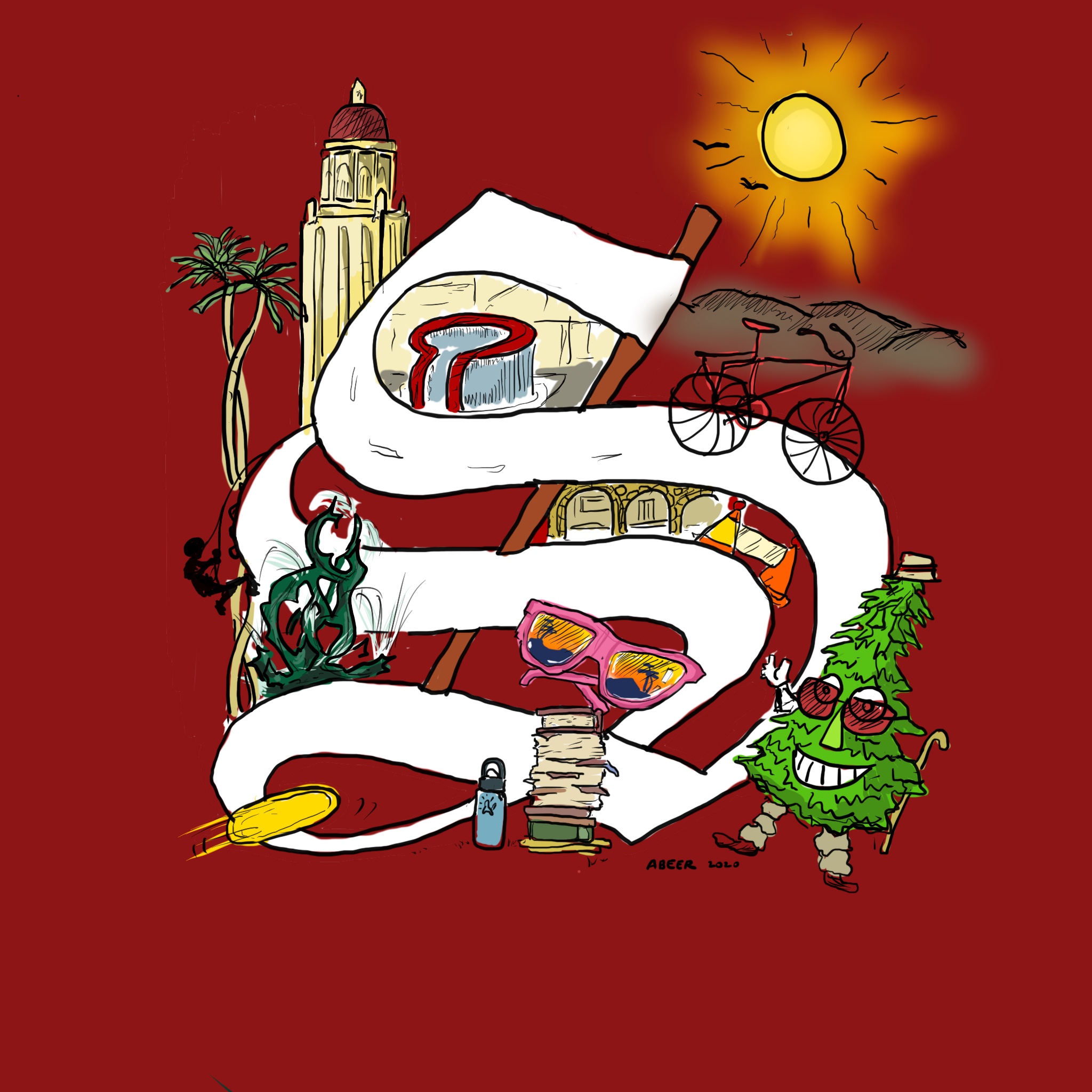
By Emma Talley
Air quality at Stanford and in the rest of the Bay Area has plummeted as wildfires continue to ravage Northern California this week.
Conditions were expected to slightly improve Thursday morning as northerly winds diminish, according to the National Weather Service. The smoke is expected to clear up in the Bay Area and the central coast even more over the weekend.
As of Thursday morning, air conditions around Stanford were considered “moderate,” with an air quality index of 54, but widespread haze is expected to blanket the region before the afternoon. Temperatures are expected to reach near 80 degrees, with some light winds.
Home air monitors connected to the Purple Air network showed slightly worse numbers Thursday morning, with air quality index scores ranging from the mid 70s to the low 80s.
Historic drought conditions and warm weather have put much of the state at increased risk for wildfires. The best way to protect yourself from smoke is to stay indoors, according to the California air resources board. Keep windows and doors closed, and do not run swamp coolers or whole-house fans. Also avoid activities that increase air pollution, such as lighting candles, using a gas stove or vacuuming.
A number of large wildfires continue to blaze north of Stanford.
The Dixie Fire — the second-largest wildfire in state history — has been burning for over a month and completely destroyed many towns in historic gold country. It is 35% contained as of Thursday morning, having burned over 678,000 acres.
More recently, the Caldor Fire, which erupted in El Dorado County near Lake Tahoe, doubled in size between Tuesday evening and Wednesday morning, ballooning to over 62,000 acres at 0% containment. Thousands have been forced to flee their homes, and the blaze has already flattened some communities, including the town of Grizzly Flats, about 60 miles east of Sacramento. The blaze grew another 3,000 acres through Wednesday night and into Thursday as increased humidity helped firefighters moderate the flames.
While mask mandates continue to remain in place throughout much of the Bay Area, including Santa Clara County and at Stanford, your favorite mask might not protect you from wildfire smoke. While cloth face coverings do help prevent the spread of COVID-19, they do not filter out smoke particles.
If you have to be outdoors, instead opt for an NIOSH-certified N95 respirator mask, which can be purchased online or at most chain hardware stores. If you’d prefer to buy local, the CDC provides a list of approved manufacturers of these masks here.
Though these masks were widely unavailable during the pandemic, they may be available in some areas where manufacturers have increased supply. Be sure to choose a size and model that fits your face with no gaps. Since wearing a respirator can make it harder to breathe, those with heart and lung conditions should consult a doctor before using one.




